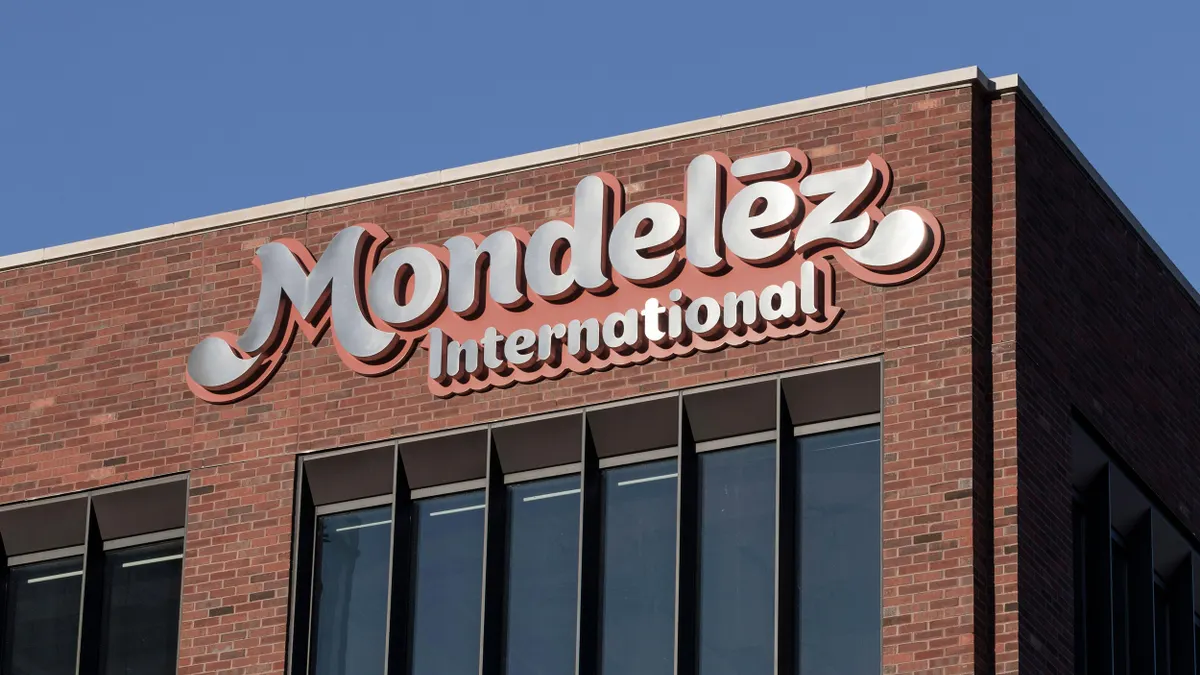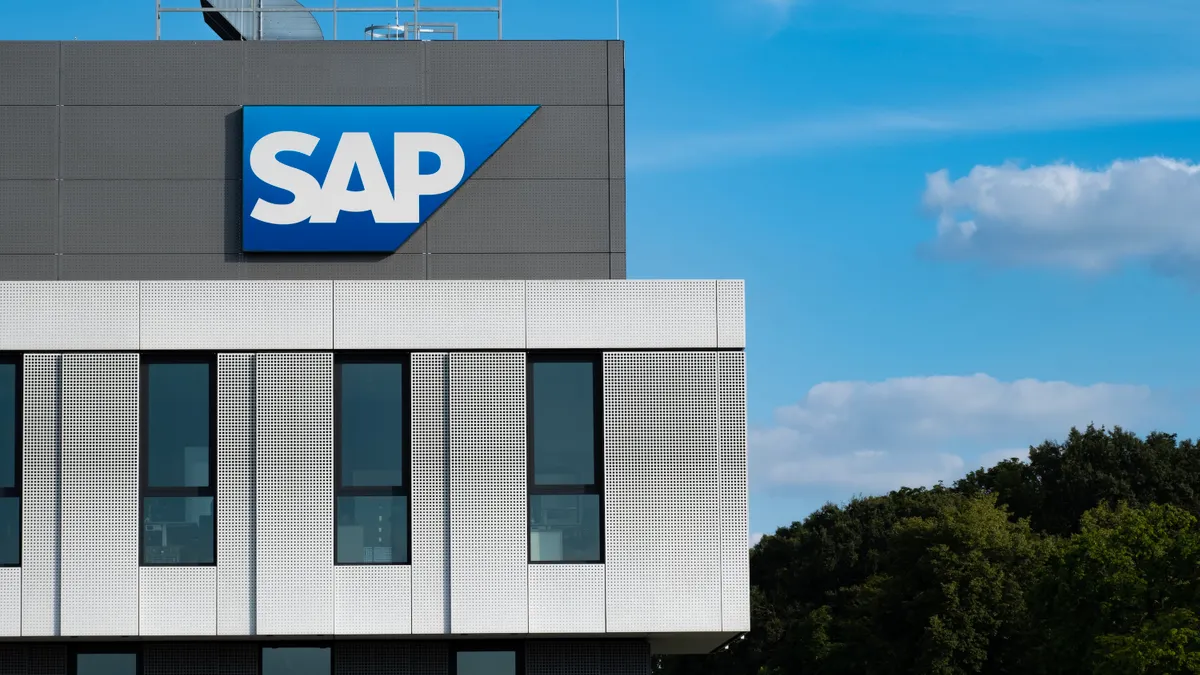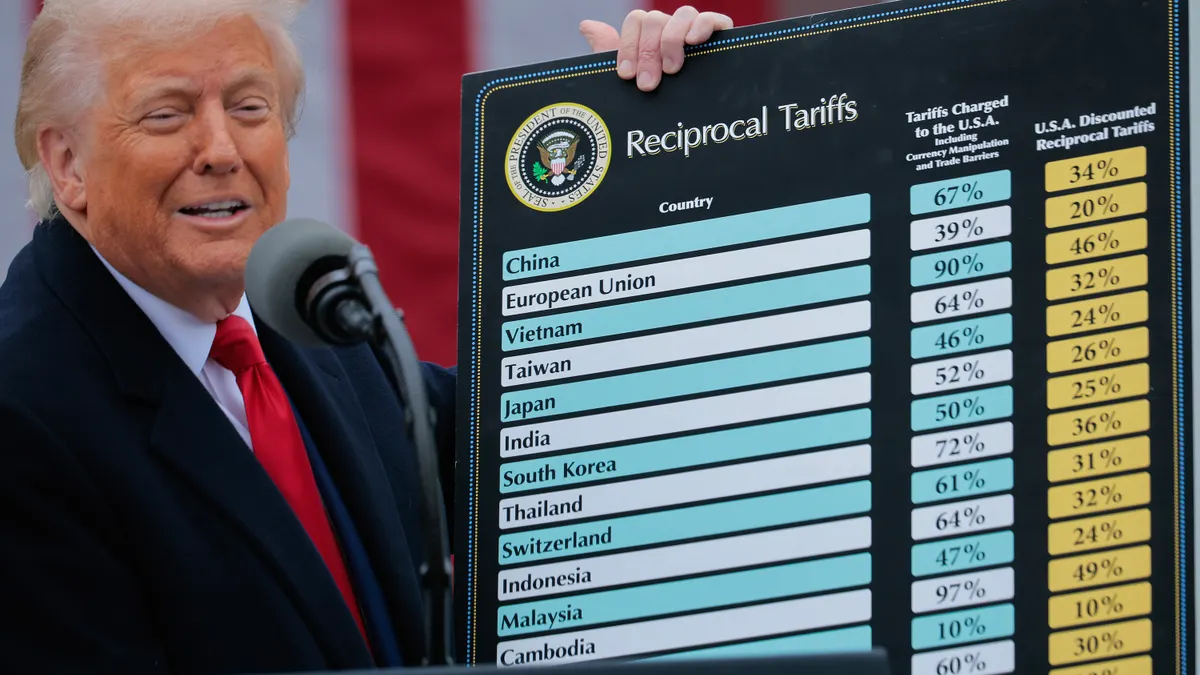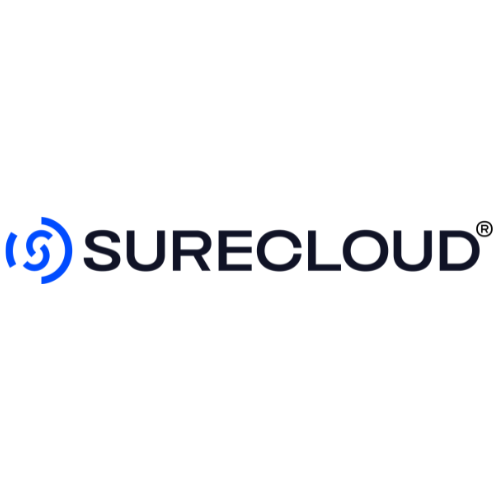Pivoting to next-generation technology requires leaders who can work with executive leadership to think long-term.
FedEx's technology preparation began a decade ago with the start of the IT "renewal" program to simplify and modernize the collection of technology that FedEx accumulated and built over the years.
A decade-long modernization program required "a really clear-eyed look at what we have and then creating a clear mental model and architecture for what we wanted to become," said Rob Carter, EVP of FedEx Information Services and CIO of FedEx, speaking during an Interop Digital keynote.
With in-house development and acquisitions, FedEx would bolt on technologies resulting in an "accidental architecture," Carter said. Through its renewal program, FedEx began to "build out the core services and microservices that represent the less complex, more flexible, faster-to-market capabilities that we have today."
CIOs and other technology leaders have a clear obstacle in effectively articulating the value of technology transformation to meet underlying business goals. They have to convince non-technical stakeholders to invest in iterative modernization, a costly process that takes time to yield payoff. For Carter, he needed a clear vision and the resilience to see it through.
Two decades as CIO
Tenure becomes an asset during lengthy transformations, allowing a leader to see through modernization efforts. The average tenure of CIOs and CTOs averages between four and five years; technology executives can join companies with technical debt that predates them and will outlive their legacy.
Transformation is costly too — for every dollar invested in digital business innovation, businesses spend three times that amount on continuous legacy application portfolio modernization, according to Gartner data. "Rip and replace" can prove too costly. Instead, the industry preference requires constant transformation.
Carter has served as CIO at FedEx for 20 years and is part of the executive committee. In his role for decades, he can see through iterative transformation at FedEx and court fellow business leaders to better understand and rely on the impact of technology.
His close relationship with Fred Smith, founder, chairman and CEO at FedEx proves an asset in promoting the technology agenda. Carter called Smith an "information architect" who developed the model of package tracking which highlighted the importance of data.
"Working for a founder, CEO that totally gets it, it's probably our secret weapon other than our culture," Carter said.
But CIOs and other technology leaders aren't always so closely aligned with the business. Only 67% of CIOs report to CEOs, the lowest in the C-suite beside chief supply chain officers, according to data from Korn Ferry. The larger the company, the less likely the CIO will report to the CEO.
"Truly transformational and strategic leadership will want to report to the CEO," Craig Stephenson, senior client partner, managing director of the North America CIO/CTO Practice at management consulting firm Korn Ferry.
As companies think about the functions reporting to the CEO, "I would argue that the technology function is one that is more transformational, and potentially more exponential — from a company growth perspective, customer engagement perspective and bottom line perspective — than many of the others," Stephenson said.
While CIOs reporting to CEOs will continue to trend upward, it's left to the CIOs and IT leadership to convey the importance of technology to reaching business goals.
"I don't think, in general, we've done a great job about being in partnership with the business," Carter said. Technology often calls the business its customers, but that's "too subservient."
Instead of customers, Carter refers to the business as technology's partners and educates stakeholders on how technology is working toward company outcomes.
"I've spent many, many years trying to educate my business partners on why what we do is hard or why it's complex," Carter said.
At the start of the renewal process, Carter created an "ugly picture" detailing all the systems and interfaces at FedEx. The executive detailed to FedEx business partners the "mind-numbing complexity" of the software that had to be engineered out.
The renewal process required "a very clear-eyed look at where we were, what the current state was and painting a picture that they could buy into how we would change that dynamic and deliver more value for the business and create more reliability," he said.
Finding the right design path
Working years in advance means the course of technology can change over time. Technologies dominant in one era become dated as innovations emerge.
Technologists need to understand and adhere to the principles of dominant design, according to Carter. Dominant-design technology is where industry aligns over time, collating technology variations toward wide adoption.
Dominant design can be found in cloud computing, where industry no longer questions its practicality and use; adoption hurdles have passed. It creates a new technology foundation so companies can continue to adapt and keep pace with innovation.
The probability of a new startup, a digital competitor of yours, going out and buying a mainframe or building its own data centers to run workloads is close to zero, Carter said.
"We recognized that the technology that we had were not on the dominant design, they were not on the common gauge of a cloud-enabled modern technology world," Carter said. "It was super important to say, if we stay here, where we are, as opposed to moving and going forward, we're actually creating significant risk for the business."
Businesses have to be able to interact with customers and providers with a common language, he said.






















